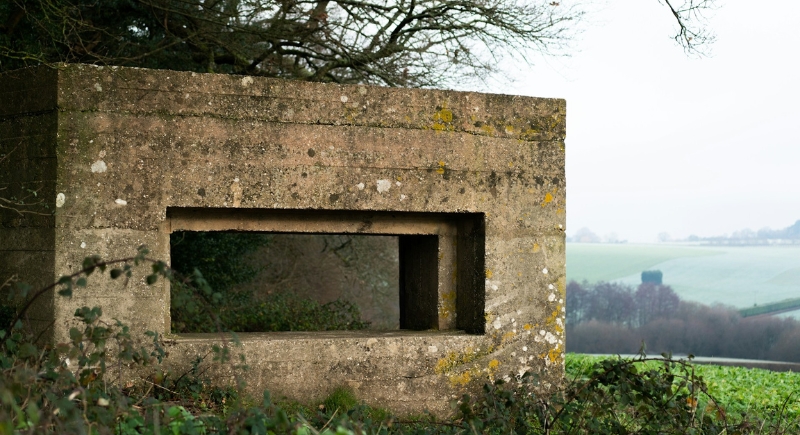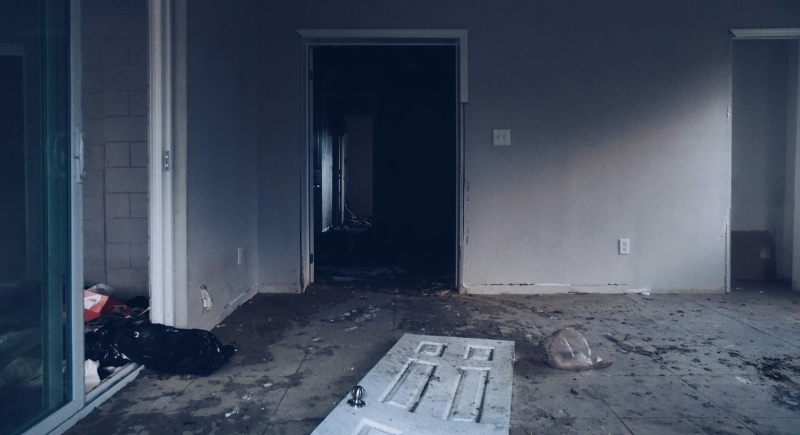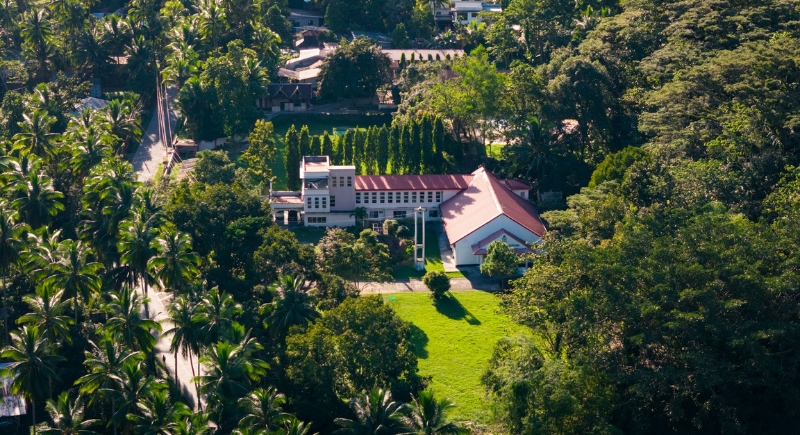Kanye West Offloads Malibu Mansion With $36M Loss After Stripping Iconic Design
Kanye West’s plunge into real estate has been just as unpredictable as his music career. So far, he’s transformed mansions into minimalist retreats and purchased vast Wyoming ranches, where he envisioned a self-sustained Yeezy compound. But when it came to his Malibu mansion designed by famed architect Tadao Ando, the scope of his ambitions reached new extremes.
After purchasing the home for a staggering $57.3 million in 2021, West set out to strip away its iconic design. Then came the controversial decision to leave the property gutted, with no windows, doors, or plumbing, and eventually sell it at a massive $36 million loss. But why did West abandon one of the most famous architectural gems of the 21st century? Was it a reckless pursuit of personal expression, or a calculated move within his broader real estate ambitions?
A Bold Vision Turns to Controversy

Image via Unsplash/Ben Collins
The property, located on the Malibu coastline, had been a striking example of Ando’s signature minimalist design. The house, completed in 2013, was a masterpiece of smooth concrete and open space, with stunning views of the ocean. West, however, had a different vision. Shortly after acquiring the house, he began extensive renovations that included removing the windows, doors, plumbing, and electrical systems. It eventually became a concrete shell, devoid of the architectural beauty that had made it a coveted residence.
West’s desire to transform the home into a personal “bomb shelter” caused an uproar among design aficionados and the broader public. Many were stunned by the decision to strip away Ando’s artistic touches. The home became a controversial example of a celebrity’s disregard for cultural and artistic heritage.
A Struggling Sale and Severe Loss
Initially, West attempted to recoup his investment by listing the property for $53 million in early 2024, despite the home being in an unfinished and uninhabitable state. The lack of basic utilities and the severe damage done to Ando’s design made the property difficult to sell, which led West to lower the price to $39 million. Even then, there were no takers. Eventually, West accepted an offer for just $21 million from developer Steven “Bo” Belmont, thus resulting in a massive $36 million loss on the original purchase price.
Belmont, CEO of Belwood Investments, saw an opportunity to restore the home and planned to spend an additional $5 million on repairs and upgrades. His goal was to return the property to its original design, which would align with Ando’s vision. Despite the ambitious restoration plans, Belmont’s attempt to flip the property came with a hefty risk, one that would require extensive work to make the house livable again.
The Complexities of Restoration

Image via Unsplash/Alexis Montero
After acquiring the property, Belmont began restoring the home to its original state by installing plumbing and electrical systems and repairing the roof. His firm, Belwood Investments, also worked to preserve the home’s architectural integrity while upgrading it with modern features. The plan was to bring the house back to life by reintroducing the ocean-facing windows and finishing the interior.
However, as Belmont moved forward with the restoration, he decided to relist the home for $39 million. Despite his efforts, the unfinished state of the house and the ongoing renovation work made it difficult to find a buyer willing to meet the asking price.
The Failed Deal and Price Cut
Belmont initially found a potential buyer in luxury developer Andrew Mazzella, who was eager to purchase the home and complete the restoration project. The two parties were reportedly in contract, with a sale price between $30 and $34 million. However, the deal fell through, and the home was put back on the market.
In response to the stalled sale, Belmont cut the price by $4.1 million, which brought the new listing price to $34.9 million. The ongoing renovations were still underway, with Belwood Investments continuing to work on completing the home’s restoration. However, with no final sale in sight, the house remains an unfinished project and its future uncertain.
West’s Real Estate Transition

Image via Unsplash/Orbital 101 Studio
After selling the Malibu mansion, West turned his attention to a new property investment by purchasing a $35 million mansion in Beverly Hills. This latest acquisition is a part of his broader real estate portfolio, which has seen multiple high-profile sales and purchases. Sometimes, celebrity-driven renovations fail to align with market expectations, and the Malibu property, with its troubled history and significant financial loss, stands as a reminder.